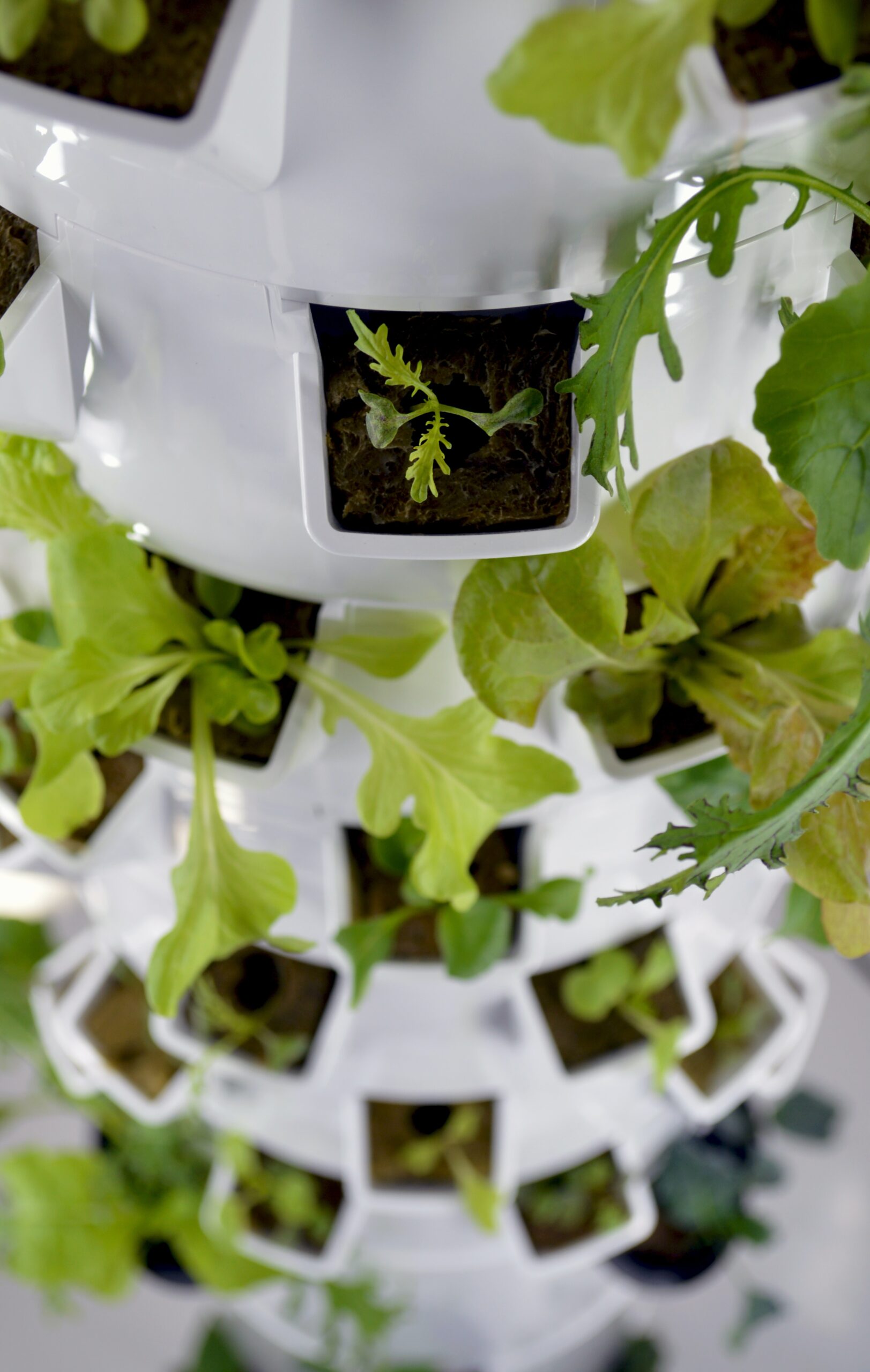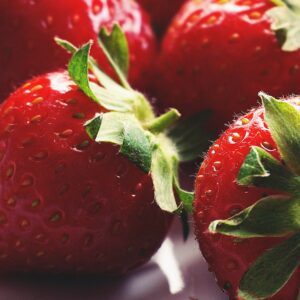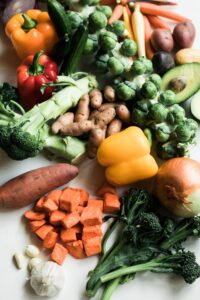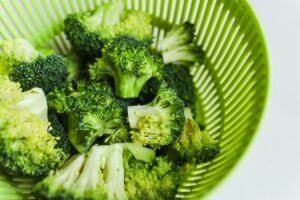|
Getting your Trinity Audio player ready...
|
Hydroponic gardening has become increasingly popular in recent years, offering a convenient and efficient way to grow fresh vegetables and plants without the need for soil. Whether you have limited outdoor space or want to enjoy fresh produce year-round, hydroponic gardening is a fantastic alternative. In this comprehensive guide, we’ll explore the key elements of hydroponic gardening, from the benefits and setup to the different methods and plant selection.
Benefits of Hydroponic Gardening
Hydroponic gardening offers numerous advantages over traditional soil-based gardening methods. By providing plants with all the necessary nutrients directly, hydroponics enables faster growth and higher yields. Additionally, hydroponic systems allow for precise control of essential elements such as light, temperature, humidity, and pH levels, resulting in healthier and more abundant plant growth. Let’s delve deeper into these benefits.
Precise Growing Conditions
One of the biggest advantages of hydroponic gardening is the ability to maintain optimal growing conditions for your plants. By controlling factors such as light, temperature, humidity, and pH levels, you can create the perfect environment for your plants to thrive. This level of control is particularly beneficial when growing indoors, where natural conditions may be limited.
Light Requirements
When growing hydroponically indoors, providing adequate light is crucial for plant growth. You can choose to place your hydroponic system near a bright window or invest in suitable grow lights. The type and intensity of light depend on the specific plants you’re growing. Some plants require more light to trigger flowering and fruit production, so it’s essential to choose the right light source for your hydroponic garden.
Temperature, Humidity, and pH Levels
Maintaining suitable temperatures and humidity levels is vital for the success of your hydroponic garden. In general, room temperature is sufficient for most plants grown indoors. However, it’s important to monitor and adjust the temperature as needed, especially during extreme weather conditions. Humidity levels between 50 to 70 percent are ideal for optimal plant growth, similar to growing houseplants.
Monitoring and maintaining the pH levels of your nutrient solution is critical in hydroponic gardening. The pH scale ranges from 0 to 14, with 7 being neutral. Most plants prefer a slightly acidic pH level, around 5.8 to 6.3. Regularly checking and adjusting the pH levels ensures that plants can efficiently absorb the necessary nutrients for healthy growth.
Efficient Use of Resources
Hydroponic gardening is known for its resource-efficient nature. Compared to traditional soil-based gardening, hydroponics uses significantly less water. The closed-loop system allows for efficient water circulation, minimizing waste. Additionally, hydroponic systems eliminate the need for soil, reducing the risk of soil-borne diseases and pests. This also means less maintenance and no weeding, making hydroponic gardening a time-saving and hassle-free option.
Year-Round Growing
One of the most enticing aspects of hydroponic gardening is the ability to grow plants year-round, regardless of the season. By creating an indoor hydroponic system, you can enjoy fresh produce even during the winter months. This opens up a world of possibilities for growing a wide variety of vegetables, herbs, and fruits throughout the year.
This post may contain affiliate links, which means that I may receive a commission if you make a purchase using these links. As an Amazon Associate I earn from qualifying purchases CLICK HERE
Setting Up Your Hydroponic Garden
Now that we’ve explored the benefits of hydroponic gardening, let’s dive into the essential elements and considerations when setting up your own indoor hydroponic garden. From choosing the right system to selecting the appropriate nutrients, we’ll guide you through the process step-by-step.
Selecting a Hydroponic System
There are various hydroponic systems available, each with its own advantages and suitability for different growing environments. Here are some of the most common hydroponic systems:
Deep Water Culture (DWC)
Deep Water Culture, also known as the “raft” system, is a popular choice for beginners due to its simplicity and affordability. In this system, plants are suspended above a tank of nutrient-rich water, and their roots hang directly into the water. An airstone or air pump provides oxygen to the roots, ensuring they receive sufficient oxygen for healthy growth.
Nutrient Film Technique (NFT)
The Nutrient Film Technique involves a constant flow of nutrient-rich water flowing over the roots of the plants, which are supported by a sloping tray or channel. The excess water is collected and recirculated back to the nutrient reservoir. This system is particularly suitable for growing leafy greens and herbs.
Ebb and Flow (Flood and Drain)
The Ebb and Flow system utilizes a flood and drain approach. Plants are placed in a tray or container filled with a growing medium, such as perlite or coconut coir. Periodically, the tray is flooded with nutrient solution, which is then drained back into a reservoir. This system is versatile and can be used for a wide range of plants.
Drip System
Drip systems involve the use of a pump and a network of tubes with drip emitters that deliver nutrient solution directly to the base of each plant. This method allows for precise control over the amount of nutrients and water each plant receives. Drip systems can be used with various growing mediums, such as perlite or vermiculite
Choosing the Right Growing Medium
In hydroponics, the growing medium serves as a support structure for the plants and helps facilitate nutrient absorption. There are various growing mediums to choose from, each with its own unique characteristics. Here are some commonly used growing mediums:
- Rockwool: Made from mineral fibers, Rockwool provides excellent water retention and aeration for the roots.
- Perlite: Perlite is a lightweight volcanic rock that provides good drainage and aeration. It’s often mixed with other growing mediums.
- Coconut Coir: Derived from coconut husks, coconut coir is a sustainable and pH-neutral growing medium with good water retention.
- Vermiculite: Vermiculite is a mineral that expands when heated, creating a lightweight and moisture-absorbent medium.
- Hydroton (Expanded Clay Pebbles): These clay pebbles provide excellent aeration and drainage for the roots.
When choosing a growing medium, consider factors such as water retention, aeration, and pH stability. It’s also important to ensure that the medium is clean and free from pests or pathogens.
Nutrient Solution and Watering
In hydroponic gardening, plants receive their nutrients directly through the nutrient solution. This solution consists of a balanced blend of essential nutrients required for plant growth. You can purchase pre-mixed hydroponic fertilizers or create your own nutrient solution using commercial nutrient concentrates.
It’s important to regularly monitor and maintain the nutrient solution. Depending on the system and plant requirements, the nutrient solution may need to be replaced or topped up every one to two weeks. Proper pH levels should be maintained to ensure optimal nutrient absorption by the plants.
Watering in hydroponics is typically done through a recirculating system, where the excess water is collected and reused. This helps conserve water and maintain a closed-loop system. It’s important to regularly check the water levels and ensure that the plants are receiving adequate water for their growth.
Plant Selection for Hydroponic Gardening
A key aspect of successful hydroponic gardening is selecting the right plants for your system. While almost any plant can be grown hydroponically, some plants are better suited for this method than others. Factors such as light requirements, growth habits, and overall suitability for indoor growing should be considered. Here are some popular choices for hydroponic gardening:
Leafy Greens
Leafy greens are excellent choices for hydroponic gardening due to their fast growth and high nutrient requirements. Lettuces, spinach, kale, and Swiss chard are all well-suited for hydroponic systems. They can be harvested as baby greens or allowed to grow to full size.
Herbs
Herbs are another great option for hydroponic gardening, as they can thrive in controlled environments and provide fresh flavors year-round. Basil, mint, parsley, and cilantro are commonly grown herbs in hydroponic systems. They can be easily harvested as needed for culinary purposes.
Tomatoes
Tomatoes are a popular choice for hydroponic gardeners, as they can be challenging to grow in some climates. Compact varieties, such as cherry or grape tomatoes, are well-suited for indoor hydroponic systems. With proper support and lighting, you can enjoy a bountiful harvest of flavorful tomatoes year-round.
Strawberries
Growing strawberries hydroponically allows you to enjoy sweet, juicy berries throughout the year. Strawberries are typically grown in vertical systems, such as towers or hanging baskets, to maximize space. With the right light and nutrient conditions, you can cultivate strawberries successfully in your hydroponic garden.
Other Fruits and Vegetables
While leafy greens, herbs, tomatoes, and strawberries are commonly grown hydroponically, many other fruits and vegetables can thrive in this system. Cucumbers, peppers, beans, and even root vegetables like carrots and radishes can be cultivated hydroponically. It’s essential to research the specific requirements of each plant and adjust your growing conditions accordingly.

Maintaining Your Hydroponic Garden
Once your hydroponic garden is set up and your plants are growing, it’s important to maintain and care for your system to ensure optimal growth and productivity. Here are some key maintenance tasks to keep in mind:
Regular Monitoring
Regular monitoring of your hydroponic system is crucial for identifying any potential issues or imbalances. Keep an eye on factors such as pH levels, nutrient concentrations, water levels, and the overall health of your plants. Adjustments may be necessary to ensure that your plants are receiving the optimal growing conditions.
Nutrient Solution Management
Maintaining the proper nutrient balance in your hydroponic system is essential for healthy plant growth. Regularly check and adjust the nutrient solution’s pH levels and nutrient concentrations to meet the specific requirements of your plants. Follow the manufacturer’s instructions for the appropriate dosage and timing of nutrient supplementation.
Pest and Disease Control
While hydroponic systems are generally less prone to pests and diseases compared to traditional soil-based gardening, it’s still important to remain vigilant. Regularly inspect your plants for any signs of pests, such as aphids or spider mites. Implement appropriate pest control measures, such as introducing beneficial insects or using organic pest control methods, if necessary.
Light and Temperature Management
Proper lighting and temperature control are crucial for the success of your hydroponic garden. Ensure that your plants are receiving the right amount and intensity of light for their growth stage. Monitor the temperature in your growing area and make adjustments as needed to maintain optimal conditions for your plants.
Harvesting and Pruning
Harvest your plants at the appropriate time to enjoy the freshest produce. Regularly prune your plants to promote better airflow and prevent overcrowding. This helps reduce the risk of disease and ensures that each plant receives adequate light and nutrients.
Conclusion
Hydroponic gardening offers a highly efficient and convenient way to grow fresh vegetables, herbs, and fruits year-round, regardless of your available outdoor space. By providing precise control over growing conditions and eliminating the need for soil, hydroponics allows for faster growth, higher yields, and fewer pest and disease issues. With the right system, careful plant selection, and proper maintenance, you can create a thriving indoor hydroponic garden that provides you with a continuous supply of fresh, homegrown produce. Whether you’re a novice or an experienced gardener, hydroponic gardening opens up a world of possibilities for cultivating a diverse range of plants in any season. Start your hydroponic gardening journey today and experience the joy of growing your own food, right at home







